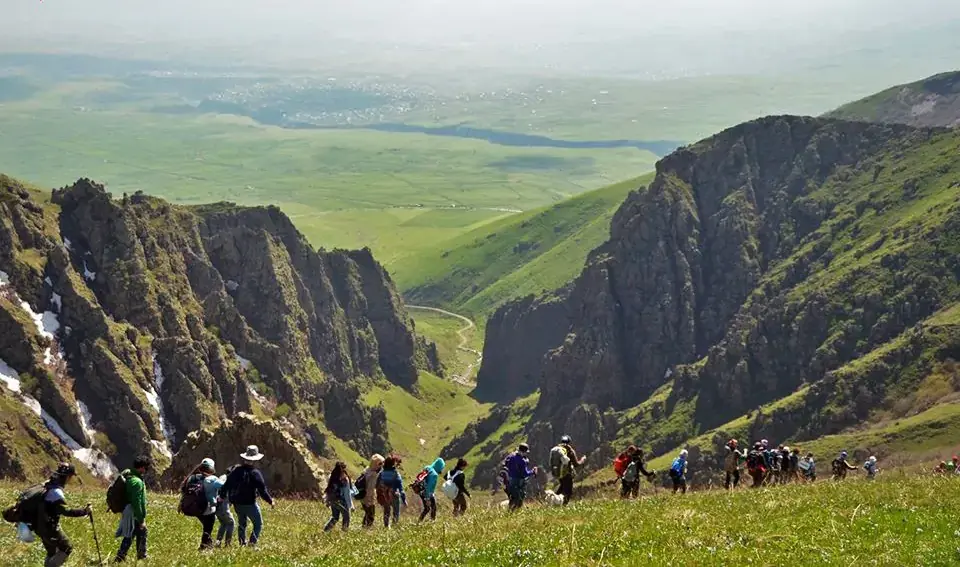Armenia Faces Extreme Heat; Government to Fine Forest Fire Starters $525
- The Armenian Report Team

- Jul 24
- 3 min read

Armenia is currently facing extreme heat, with temperatures reaching as high as 40 degrees Celsius (104°F) in many parts of the country. This dangerous weather has increased the risk of wildfires, especially in forested and rural areas. While a government press conference about this issue took place weeks ago, the ongoing and worsening heatwave has made their message more urgent than ever: the country is burning, and human actions are largely to blame.
According to Armenia’s hydrometeorology center, the fire risk will remain very high for at least the next several days. Much of the country is dry, and the intense summer heat is making the land even more vulnerable. These conditions, combined with human negligence, have created a serious threat to Armenia’s forests and natural environment.
In just the first six months of 2025, Armenia has recorded over 2,000 fires. That’s nearly triple the number reported in the same period in 2024. Officials say that 95% of these fires were started by human activity — careless campfires, burning trash, or sparks left unattended. Forests, which are already limited in Armenia, are among the hardest hit.
This year alone, Armenia has seen 20 forest fires — four times more than the five recorded by June last year. The situation is just as troubling in grasslands and fields. The provinces of Ararat and Tavush, for example, have each seen dramatic increases in fire incidents. Ararat Province had 386 fires in the first half of 2025, compared to 192 in the same period last year. Tavush saw 281 fires, up from 72 in 2024.

This sharp rise is not just a coincidence. It shows the growing climate pressures facing the region, combined with a lack of public awareness and accountability.
To address the crisis, the Armenian government is taking action. Anyone found responsible for starting a fire in a forested area could be fined 200,000 drams — about $525. That may seem like a lot, but officials stress that the cost of destroying Armenia’s forests is far higher. Restoring burned areas takes time, money, and labor — and some damage may never be fully repaired.
The Ministry of Environment has also stepped up its prevention efforts. A special unit called the eco-patrol service has been created to monitor and protect green areas around the clock. They not only respond to fires but also work to prevent them by educating the public and upgrading equipment.
One of the biggest challenges in the past was that regular firefighting vehicles could not reach the mountainous or heavily forested areas. Now, thanks to new all-terrain vehicles fitted with 500-liter water tanks and high-pressure pumps, responders can extinguish fires from 40 to 50 meters away, even in difficult terrain.
The eco-patrol service is also working on a new early detection system that will use video cameras to monitor large areas of forest. These cameras can detect smoke from up to 20 kilometers away and will be linked to a central control center. Additional sensors will monitor heat and smoke levels, allowing emergency services to react faster.
Officials hope that most of this new system will be ready by the end of the year — a big step forward in protecting Armenia’s forests.
Despite the efforts by the government, the most important role belongs to the public. The Ministry of Environment reminds citizens that fire safety rules are not optional. Campfires must only be lit in designated areas, and they must be fully extinguished afterward. Any waste should be collected and removed from nature sites.
Forest fires are not just about trees. They destroy ecosystems, kill wildlife, and contribute to climate change. In a country like Armenia — with limited forest cover and rich biodiversity — every tree matters.
—
Support independent reporting from the region by subscribing to The Armenian Report. Our team is funded solely by readers like you.






Comments